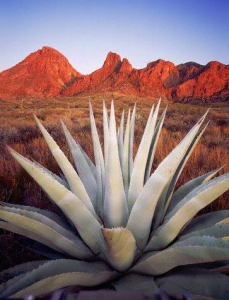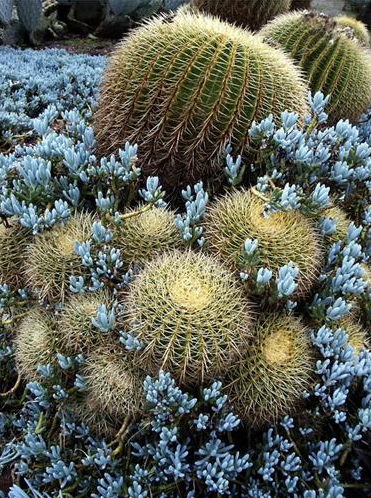
Soil PreparationThe first step to creating a desert garden that contains thriving plant life that is colorful and has visually interesting textures is soil preparation. Generally, desert soil is sandy and coarse; it contains little organic matter and can be very rocky. You will need to perform a soil test in the areas you plan to grow plants. Soil tests can be obtained online or at your local nursery or home and garden store. A soil test will help you determine the nutrients available in your soil. In desert conditions it is likely that you will need to supplement the natural soil with organic material in order to create optimum growing conditions. Based on the results of your soil test, ask your local nursery what supplements they recommend. When preparing your soil, keep in mind that drainage is important. If desert plants receive too much moisture their roots will rot.
Efficient IrrigationAfter you have prepared your soil, it is time to move on to irrigation. In the desert, water is a precious commodity, so irrigation needs to be as efficient as possible. The best type of irrigation for desert plants is a drip irrigation system. Drip lines lose little water to evaporation and run-off. While designing your irrigation plan think about grouping plants according to irrigation needs. This process, called zoning, designates areas for plants that will need more water, and areas for plants that will need less water. Zoning reduces wasting water on plants that are hardy and need little or no water to survive in the desert.
Grow Desert NativesOnce you have irrigation in place, you are ready to start the actual planting. Growing native plants is the key to successful desert gardening. Native desert plants are accustomed to the dry, hot climate, making them drought-tolerant, water wise and incredibly low maintenance. You’ll be surprised at the amazing variety of desert plants available. On-the-other-hand, the biggest thing to avoid in a desert garden is a lawn because it requires a lot of water. If you need the space for children or pets, consider synthetic grass, which has come a long way in recent years and doesn’t require water or cutting.

